’What do you mean you had to lock the NMR with an oscilloscope and shim the magnet by hand?’
It occurred to me the other day that I might, by this point, be getting just a bit too experienced in laboratory work. Those of you who take NMR spectra as part of your work will know that under modern conditions you log into the machine and give it your sample name and what sort of spectrum you want it to take for you, and in return the software tells you what position to put your tube in on the autosampler rack. Then you wander off and do something productive (and yes, going to lunch is productive).
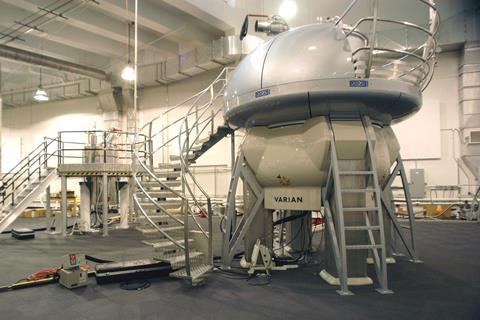
Not long ago, though, I was telling someone about how Back When, if you were taking an NMR spectrum, you had to find the ‘lock signal’ by hand instead of the instrument finding that by itself automatically. That signal, I mentioned, was visible on an oscilloscope as its line scanned back and forth, and that got me a surprised and concerned look. I hastily added that even at the time oscilloscopes looked like a throwback to an even earlier era, but yes, that’s what we used, and you had to keep moving little toggle switches to try to get the right wavy line into the center of the screen.
This, I added helpfully, was after you’d dropped your sample by hand (no automatic sample rack in sight!) into the center of the water-cooled magnet. ‘The what’ was the natural response, since the idea of a water-cooled NMR magnet these days is not far off from imagining a steam-powered one that had to be stoked with coal. ‘Sure’, I said, ‘it was made by IBM’, and that got me another look of disbelief – understandably, since these days that sounds about as likely for a brand of NMR machine as saying that it was made by Electrolux. And then, of course, you spent some time ‘shimming’ the magnet with yet another set of manual knobs, making the signal cleaner and more symmetric, a task long since taken over by autoshim routines.
Even at the time oscilloscopes looked like a throwback to an even earlier era, but yes, that’s what we used
I bring up this ever-more-ancient history to point out that even in the brightest, most modern labs we are reliving it, and from two different perspectives. The first is that much of the equipment is humming along performing tasks that used to be performed by us – all sorts of manual adjustments and manipulations of the sort described above. You can be sure that as each of these came along they were regarded with a mixture of relief and suspicion at the time. Experienced NMR users at first disdained autoshim as a poor substitute for the delicate touch of someone who knew their way around the instrument, but that waned as machine-generated spectra proved to be just fine when compared to the hand-tweaked ones. Even the autosampler racks were distrusted at first – justifiably in my old NMR lab, perhaps, since the first one installed was somehow configured to drop the row of samples relentlessly onto the floor instead of into the magnet.
And the second perspective comes when you realise that we are currently doing things that future hardware and software will take out our of our hands in turn. Just as before, some of this will come more as a relief and some of it will be more of a worrisome encroachment on human prerogatives. Just as (well before my time!) organic chemists realised that you didn’t have to blow your own glassware to be a Real Scientist (commercial kit was fine), we will give up some things that might have been part of our own definitions of what it means to be a chemist.
To prepare for that, let me suggest a helpful mental exercise. Think about what you bring to the process of your research, what you spend your time and effort on. Now try to order all those with the most repetitive and routine parts at one end of the list. That’s were things like shimming the NMR magnet and collecting chromatography fractions by hand are found, and we may well eventually find that ‘searching the literature for experimental conditions’ and ‘setting up a series of reactions to test out a hypothesis’ are slipping into that zone as well.
Which means we should think hard about the other end of the list: the unusual, difficult, high-level tasks. The ones where we integrate our knowledge and experience and try something new, when we formulate those hypotheses that we then have to test. The ones that (as far as we know now) humans are best at. Get good at those, is my advice. Consider it a form of insurance.




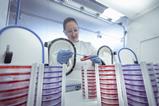
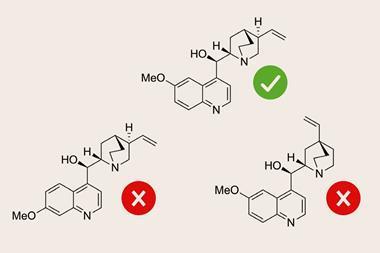
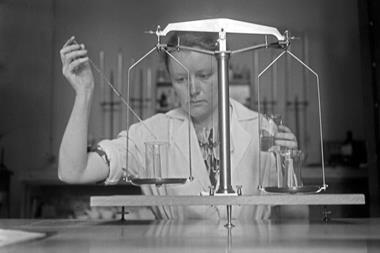







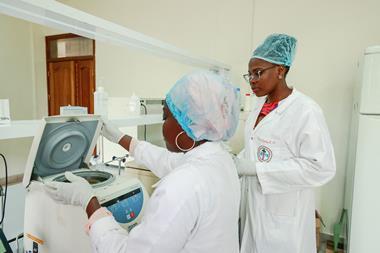
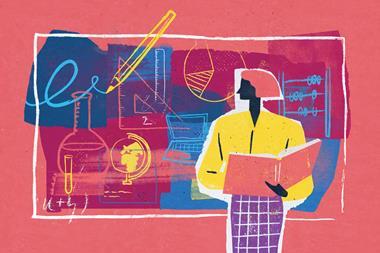

No comments yet